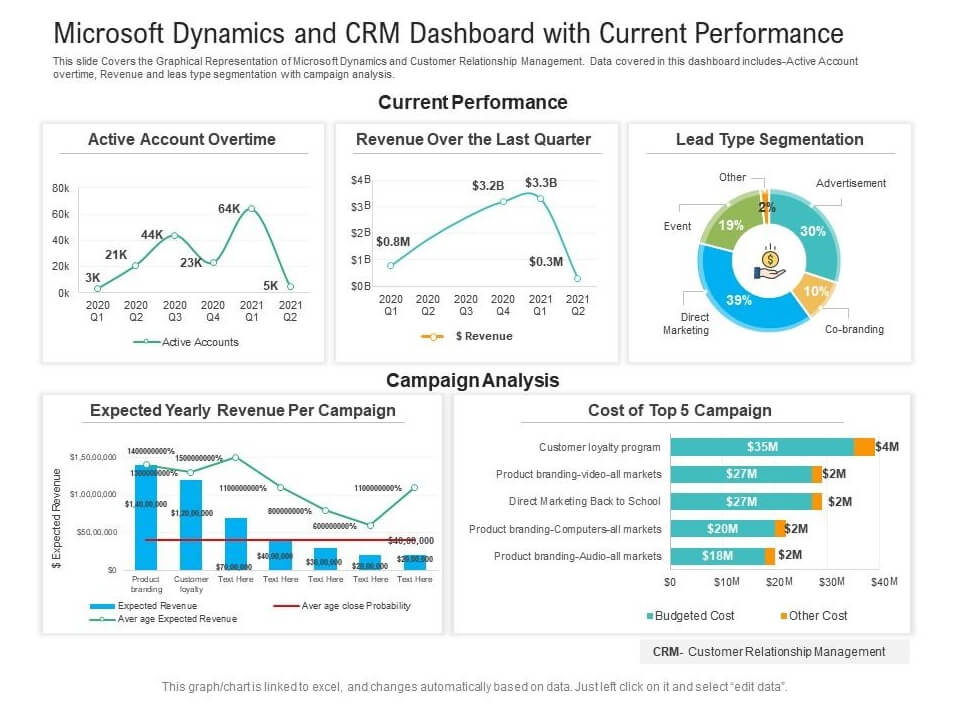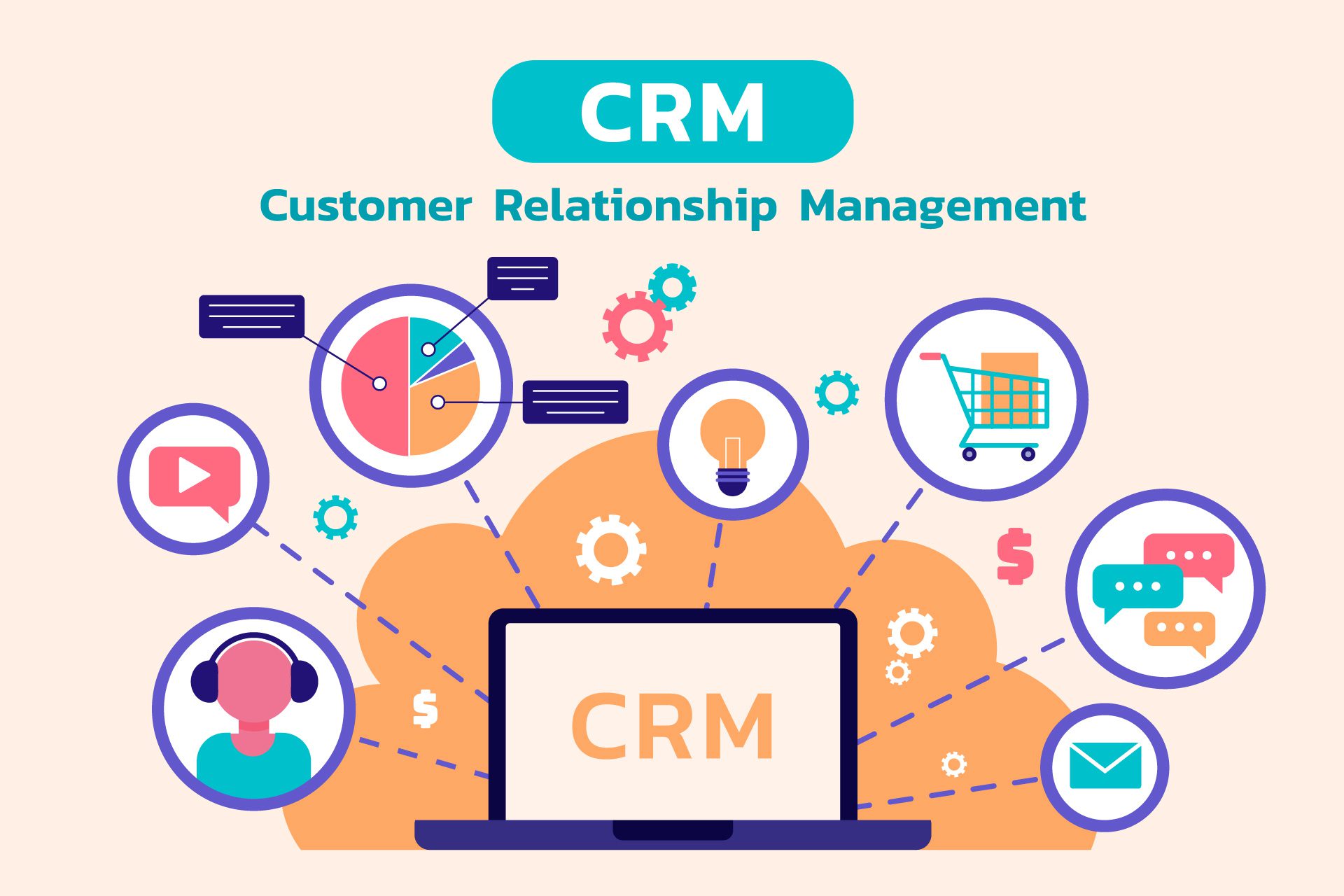Small Business CRM Security in 2025: A Comprehensive Guide
The digital landscape is constantly evolving, and with it, the threats to your business. For small businesses, Customer Relationship Management (CRM) systems are the lifeblood of operations, storing critical customer data. Protecting this data is no longer optional; it’s a necessity. This comprehensive guide delves into the critical aspects of small business CRM security in 2025, providing actionable insights to safeguard your business and your customers’ trust.
The Rising Tide of Cyber Threats in 2025
Cybersecurity threats are becoming increasingly sophisticated. Small businesses are often targeted because they may lack the robust security infrastructure of larger corporations. In 2025, we can expect to see:
- Advanced Phishing Attacks: Spear-phishing campaigns will become more targeted and convincing, leveraging AI to craft personalized emails.
- Ransomware Evolutions: Ransomware will continue to evolve, with attackers demanding higher ransoms and employing more aggressive tactics, such as data exfiltration before encryption.
- Data Breaches via Third-Party Vendors: CRM systems often integrate with various third-party tools. Vulnerabilities in these integrations will be a prime target.
- AI-Powered Attacks: Artificial intelligence will be weaponized to automate and scale attacks, making it harder to detect and respond to threats.
Understanding these threats is the first step in building a resilient security strategy.
Why CRM Security Matters for Small Businesses
A CRM system holds a wealth of sensitive information, including customer names, contact details, purchase history, and financial data. A data breach can have devastating consequences, including:
- Financial Losses: Costs associated with data recovery, legal fees, regulatory fines, and credit monitoring services.
- Reputational Damage: Loss of customer trust and negative publicity, which can take years to recover from.
- Legal and Regulatory Penalties: Non-compliance with data protection regulations (e.g., GDPR, CCPA) can result in hefty fines.
- Operational Disruption: The inability to access critical customer data can halt business operations.
Investing in CRM security is not just about protecting data; it’s about protecting your business’s future.
Key Components of a Robust CRM Security Strategy
Building a strong security posture requires a multi-layered approach. Here are the essential components:
1. Choose a Secure CRM Provider
The foundation of your security lies in the CRM platform itself. When selecting a CRM provider, consider:
- Security Certifications: Look for providers that hold certifications like ISO 27001, SOC 2, and others demonstrating a commitment to security best practices.
- Data Encryption: Ensure the CRM uses encryption both at rest (when data is stored) and in transit (when data is being transferred).
- Access Controls: Implement robust access controls, including role-based access and multi-factor authentication (MFA), to limit who can access sensitive data.
- Regular Security Audits: Choose a provider that conducts regular security audits and penetration testing to identify and address vulnerabilities.
- Data Backup and Disaster Recovery: Ensure the provider has a comprehensive data backup and disaster recovery plan to minimize downtime in case of an incident.
2. Implement Strong Access Controls
Controlling who can access your CRM data is paramount. This includes:
- Multi-Factor Authentication (MFA): Require MFA for all users to add an extra layer of security beyond passwords.
- Role-Based Access Control (RBAC): Assign users specific roles with limited access to data based on their job functions. This prevents unauthorized access to sensitive information.
- Regular Password Management: Enforce strong password policies, including length, complexity, and regular password changes.
- Least Privilege Principle: Grant users only the minimum necessary access to perform their job duties.
- Audit Trails: Implement audit trails to track user activity and identify any suspicious behavior.
3. Data Encryption: Protecting Your Data
Encryption scrambles data, making it unreadable to unauthorized individuals. Encryption should be implemented at two levels:
- Encryption at Rest: Encrypt data stored on servers and databases.
- Encryption in Transit: Encrypt data as it travels between your users and the CRM system. This is typically achieved using HTTPS.
4. Regular Data Backups and Disaster Recovery
Data backups are crucial for recovering from data loss due to cyberattacks, hardware failures, or human error. Implement a comprehensive backup and disaster recovery plan that includes:
- Automated Backups: Schedule regular, automated backups of your CRM data.
- Offsite Storage: Store backups in a secure, offsite location to protect against physical damage or disasters.
- Testing and Validation: Regularly test your backup and recovery procedures to ensure they work effectively.
- Disaster Recovery Plan: Develop a detailed disaster recovery plan outlining the steps to take in the event of a data breach or system outage.
5. Employee Training and Awareness
Your employees are your first line of defense. Educate them on cybersecurity best practices, including:
- Phishing Awareness: Train employees to identify and avoid phishing emails and other social engineering attacks.
- Password Security: Teach employees how to create strong passwords and protect them.
- Data Handling Procedures: Provide clear guidelines on how to handle sensitive customer data.
- Reporting Incidents: Establish a clear process for reporting security incidents.
- Regular Training: Conduct regular training sessions to reinforce security awareness.
6. Monitoring and Threat Detection
Continuous monitoring is essential for detecting and responding to security threats. Implement the following:
- Security Information and Event Management (SIEM) System: A SIEM system collects and analyzes security logs from various sources to identify potential threats.
- Intrusion Detection and Prevention Systems (IDPS): These systems monitor network traffic for malicious activity and block it.
- Vulnerability Scanning: Regularly scan your systems for vulnerabilities and promptly patch them.
- Incident Response Plan: Develop a detailed incident response plan outlining the steps to take in the event of a security breach.
7. Vendor Risk Management
CRM systems often integrate with third-party vendors (e.g., marketing automation tools, payment gateways). Assess the security posture of all vendors and ensure they meet your security requirements. This includes:
- Due Diligence: Conduct due diligence on all vendors, including reviewing their security policies and certifications.
- Service Level Agreements (SLAs): Include security requirements in your SLAs with vendors.
- Regular Audits: Conduct regular audits of your vendors’ security practices.
- Data Sharing Agreements: Establish clear data sharing agreements to protect customer data.
Future Trends in CRM Security (2025 and Beyond)
The future of CRM security is dynamic. Here are some trends to watch:
- AI-Powered Security: Artificial intelligence will play an increasingly important role in threat detection, incident response, and vulnerability management.
- Zero Trust Architecture: This security model assumes that no user or device should be trusted by default, requiring verification for every access attempt.
- Blockchain Technology: Blockchain could be used to secure customer data and provide a tamper-proof audit trail.
- Increased Automation: Security tasks will be increasingly automated to improve efficiency and reduce the risk of human error.
- Data Privacy Regulations: Compliance with data privacy regulations (e.g., GDPR, CCPA) will continue to be a priority.
Practical Steps to Enhance Your CRM Security
Implementing these security measures can seem daunting, but here’s a practical roadmap for small businesses:
- Assess Your Current Security Posture: Conduct a security audit to identify vulnerabilities and assess your current security controls.
- Develop a Security Plan: Create a comprehensive security plan that outlines your security goals, policies, and procedures.
- Prioritize Security Investments: Allocate resources to the most critical security areas, such as access controls, data encryption, and employee training.
- Implement Security Controls: Implement the security controls outlined in your security plan.
- Monitor and Evaluate: Continuously monitor your security posture and evaluate the effectiveness of your security controls.
- Seek Expert Advice: Consider consulting with a cybersecurity expert to get specialized guidance and support.
CRM Security: Staying Ahead of the Curve
Maintaining robust CRM security is an ongoing process. By staying informed about the latest threats, implementing the right security controls, and fostering a culture of security awareness, you can protect your business and your customers’ data. Small businesses that prioritize CRM security in 2025 will be well-positioned to thrive in the digital age.
In conclusion, securing your CRM system isn’t just a tech issue; it’s a business imperative. It’s about building trust with your customers, safeguarding your reputation, and ensuring the long-term success of your business. By taking proactive steps today, you can build a secure foundation for tomorrow.


